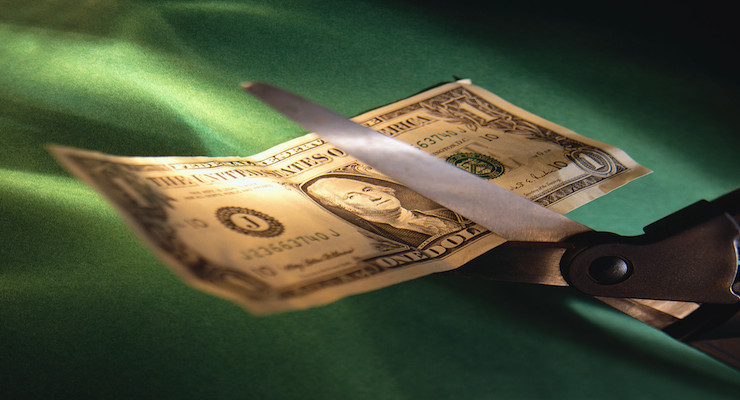Worrying that there’s no room in your budget? Wishing you could cut back and free up a little more cash for your personal business venture?
Well, you’re in luck! There are many tips and tricks for trimming your budget. Here are 20 to get you started:
Entertainment
Switch to matinees – Even if you only see one movie a month, attending a matinee instead of evening showing will save a minimum of $3.
Rotate media subscriptions – Not ready to give up Netflix or Hulu Plus? Try pausing Hulu one month and Netflix the next and save $8-$9 a month.
Don’t pay for magazines – Libraries provide a host of money saving services. Don’t subscribe or buy off the rack, read a library copy and save $2-$6 (or more) per magazine!
Food
Plan and list – Not planning for your meals means more impulse take-out, while shopping without a list means more impulse purchases. Savings will vary greatly depending on your existing willpower, but you will likely save a minimum of $25 per month, especially if you plan your meals around store sales.
Don’t shop hungry – When you’re hungry, anything looks good, which makes it even harder to resist impulse buys. Ignore check out line candy and save a few bucks per trip.
Buy store brand – Store brand used to be a dirty word, but now there is little difference between the quality of store vs name brands. Switch to store brands for staples and non-perishables and save anywhere from 10 cents to several bucks per item.
Pack your lunch – Packing a lunch (especially leftovers) only costs a buck or so per meal; dining out costs $5 or more per meal.
Make your own coffee – Ditch your morning Starbucks pit stop and buy a bag of beans to keep at home. A few bucks for a large bag of coffee beans will save you several bucks a day, without denying you your caffeine fix.
Buy in bulk – Depending on your needs, this may mean purchasing a subscription to a bulk store like Costco (provided your savings will be greater than the membership fees) or simply purchasing bulk products available at your grocery store. No need to buy everything in individual servings when you’re capable of freezing excess or measuring your own portions.
Savings will vary depending on your tastes and needs.
Keep a garden – You don’t have to tend an acre with 20 varieties of edible plants in order to save by gardening. Of course there is start up cost, but over time even a small container garden can yield a hundred dollars worth of produce.
Transportation
Reduce your car insurance payments – Simple solutions like bundling auto with homeowners and/or life insurance, choosing a higher deductible or commuting fewer than 15 miles to work can save you an average of $60 to $450 a year. But don’t stop there, these are just a few of the many ways you can lower your car insurance payments.
Keep your tires inflated – Low tire pressure lowers your gas mileage, increasing your gas bill (and the wear on your tires). Proper inflation could improve mileage by 1% or more per 2 PSI.
Use alternate transport – Carpool, ride your bike, walk, or use public transportation. It may be simpler to jump in your car and drive three blocks to your friend’s place, but — if the weather is good — why not walk?
Home
Sell, sell, sell – Find you don’t need both a toaster and a toaster oven? Done with those DVDs? Get a new appliance? Figure out what you’re not using and sell it to reduce clutter and provide extra cash flow.
Program your thermostat – Programmable thermostats cost as little as $20, but can save you far more. Setting your heat lower while you sleep or when you’re out of the house can add up. Average savings are roughly 6% of your yearly energy costs.
Seal those leaks – Don’t pay to heat the outdoors. Use caulk, weather stripping, outlet insulation and other tricks to plug leaks.
Wrap your water heater – Buy a hot water heater blanket to help keep the water temperature you desire while reducing the amount the heater has to work at temperature maintenance.
Unplug whenever possible – Appliances and other devices leech energy even when not in use. Only use your microwave once a week? Only use the toaster in the morning? Phone done charging? Repeat the mantra: unplug when not in use.
Invest in power strips – Power strips make it even easier to turn off or unplug energy-sucking stations when — you guessed it — not in use. Invest in a power strip for your office work station and media devices.
Switch to CFL – Average savings are 66 cents per month per bulb. Make the switch as each bulb goes out, or pay up front to switch all at once. They last longer, so your savings will only increase once you’ve made the switch.
Cutting back your expenses may seem impossible, but once you get started you’ll be amazed at the savings you can find! Use these tips as inspiration to find more ways to save.

















